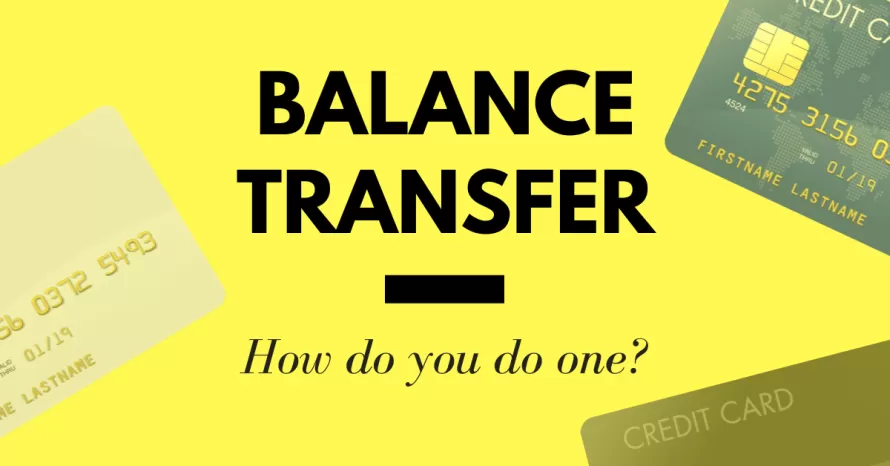Pros and Cons of a Balance Transfer: What You Need to Know

A balance transfer is a helpful way to deal with high-interest credit card debt. It lets you move what you owe from one or more credit cards to another card that usually has a 0% interest offer for a short time. This means you can pay off your debt without extra interest adding up during that period. It can help you save money and pay off what you owe faster. But there are also some things to watch out for, like transfer fees, higher interest rates after the offer ends, and the need for a good credit score to qualify. If you’re not careful, you might even end up with more debt. This guide will walk you through the pros and cons of balance transfers so you can decide if it’s the right move for you.
What Is a Balance Transfer?
A balance transfer allows you to move outstanding debt from one or more credit cards to a new credit card—often one that offers a 0% introductory APR for a limited time. The main purpose is to save money on interest and repay the debt more efficiently.
Pros of Balance Transfers
- 0% Introductory APR: Many balance transfer credit cards offer a 0% interest rate for an introductory period, typically between 12 and 21 months. This allows you to pay off debt without accumulating additional interest. Ideal for those who can repay the balance within the promotional period.
- Consolidation of Debt: By transferring multiple balances onto a single card, you can simplify your monthly payments and reduce the chances of missing due dates. Helps with budgeting and managing finances more effectively.
- Faster Debt Repayment: Without interest charges, more of your payment goes directly toward reducing your balance. This can accelerate your path to becoming debt-free.
- Potential Credit Score Improvement: Reducing your credit utilization ratio through a balance transfer may improve your credit score, especially if you avoid adding new debt.
Cons of Balance Transfers
- Balance Transfer Fees: Most balance transfer credit cards in India charge a fee ranging from 1% to 3% of the total amount being transferred. For example, if you transfer a balance of ₹1,00,000, you may have to pay a fee between ₹1,000 and ₹3,000 upfront. It’s important to check these charges carefully and compare them with the interest savings to see if the transfer is truly worth it.
- Limited Introductory Period: After the promotional period ends, a higher standard interest rate applies—often similar to or higher than your previous rate. If you do not pay off the balance in time, the cost of borrowing may increase significantly.
- Requires Good to Excellent Credit: To qualify for top balance transfer offers, a credit score of 670 or higher is usually required. Applicants with lower credit scores may not be approved or may receive less favorable terms.
- Potential Impact on Credit Score: Opening a new credit account may temporarily lower your credit score due to a hard inquiry and a reduced average age of credit history.
- Risk of Accumulating More Debt: Some users may continue using their old credit cards after the transfer, increasing their overall debt load instead of reducing it.
When a Balance Transfer Makes Sense
Consider a balance transfer if you:
- Have high-interest credit card debt
- Qualify for a 0% or low APR offer
- Can repay the full balance before the intro APR expires
- Are disciplined with your spending habits
When to Avoid a Balance Transfer
A balance transfer may not be the right solution if:
- You’re unable to repay the balance within the promotional period
- You don’t qualify for favorable balance transfer terms
- The fees outweigh the interest savings
- You’re likely to continue using credit cards irresponsibly
Tips for Using Balance Transfers Effectively
- Review all terms and conditions, including the balance transfer fee, regular APR, and intro APR period.
- Make all payments on time to avoid losing the promotional rate.
- Avoid new purchases on the transfer card unless they also benefit from 0% APR.
- Create a clear payoff plan to eliminate the balance before the standard APR takes effect.
Conclusion
Balance transfers can be a valuable financial tool when used wisely. They offer the opportunity to save on interest, simplify debt management, and pay off balances faster. However, it's crucial to weigh the fees, credit requirements, and risks before applying.
If you have strong credit and a solid repayment strategy, a balance transfer credit card can help you take control of your finances and reduce debt more efficiently.




Leave a Reply